Rising sea levels are no longer a distant threat—they’re a fast-approaching reality. From bustling capitals to picturesque historic towns, cities around the globe face the very real possibility of flooding or even full submersion by 2050. Fueled by melting ice caps, extreme weather, and sinking land, the risk is growing faster than most governments can react.
If we don’t take urgent action, entire communities could be displaced, economies disrupted, and cultural landmarks lost forever. Below, we explore 10 high flood risk cities most vulnerable to rising seas—and why their future depends on how we handle climate change today.
Bangkok, Thailand: The Sinking Metropolis

Bangkok is sinking—literally. With the city dropping about 3 centimeters annually due to excessive groundwater use and the sheer weight of its buildings, Bangkok is caught in a double threat. Combine land subsidence with rising sea levels, and the result is chronic flooding, especially during the monsoon season.
Despite some investments in levees and drainage systems, the city’s defenses are struggling. Without major infrastructure overhauls and stricter water management, large parts of Bangkok could be permanently submerged by 2050.
Video: Cities That Will Be Underwater by 2050
Venice, Italy: A Cultural Icon at Risk
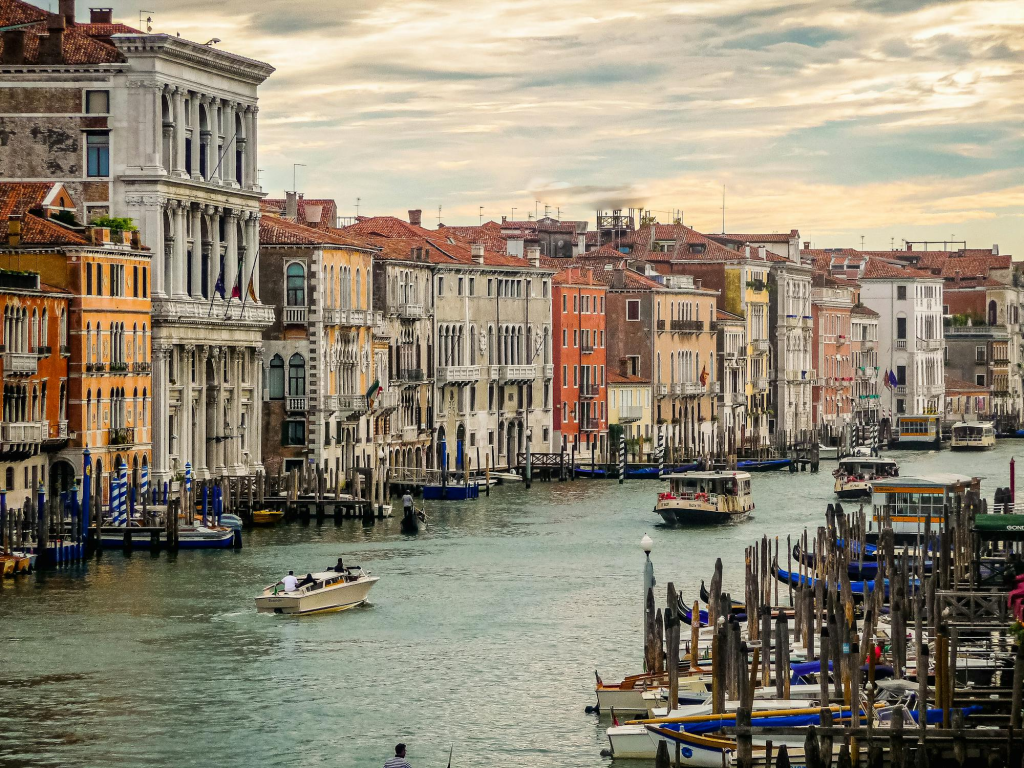
Venice’s beauty is its burden. The very canals that define it are now accelerating its demise. The city has long dealt with acqua alta—seasonal flooding—but climate change has turned this once-rare occurrence into a frequent disaster.
The MOSE barrier project offers hope, but questions remain about its long-term effectiveness. If seas continue to rise, Venice could become uninhabitable within decades, jeopardizing centuries of art, architecture, and culture.
Ho Chi Minh City, Vietnam: Rapid Growth, Rising Risk
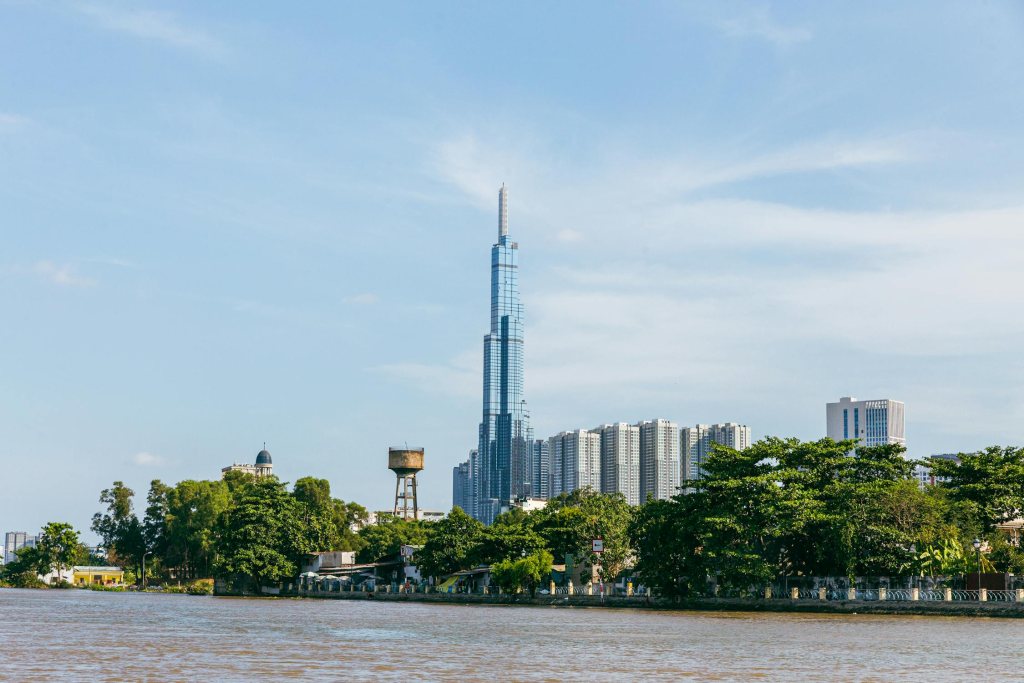
Located near the Mekong Delta, Ho Chi Minh City is rapidly expanding—but that growth comes at a cost. Built on soft, marshy ground and experiencing heavy groundwater extraction, the city is sinking while seas rise.
With projections showing 20% of the city at risk of flooding by 2050, urban planning and resilience efforts are critical. Flooding already affects daily life, damaging homes and infrastructure. Without swift intervention, the consequences could be catastrophic.
Male, Maldives: A Nation on the Edge
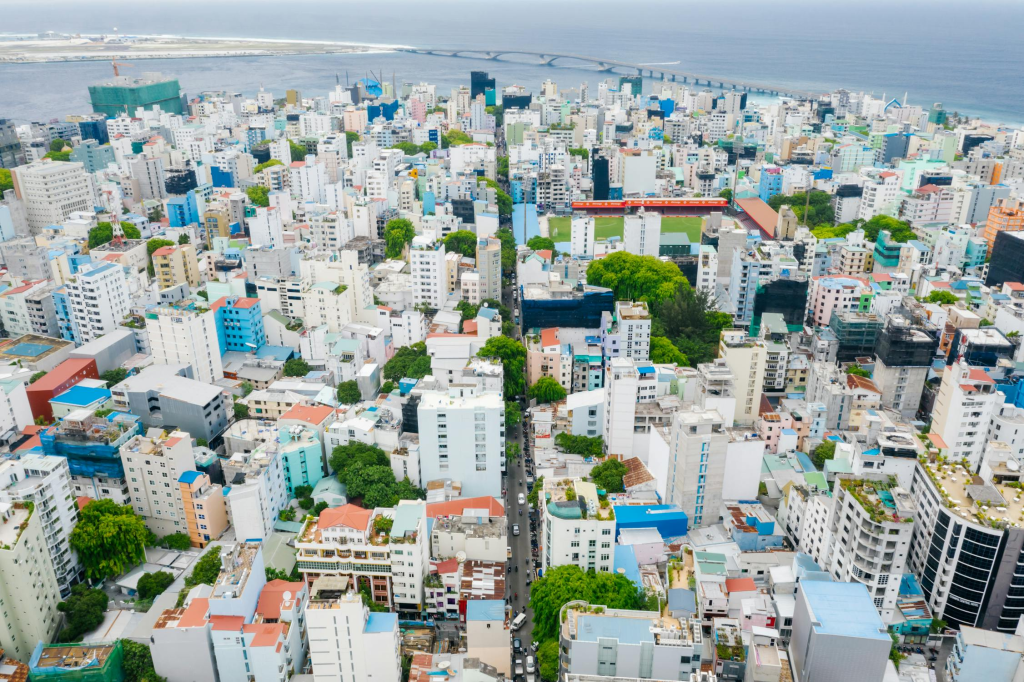
Few places face as urgent a threat as the Maldives. The capital, Male, sits barely a meter above sea level. With over 80% of the nation below that height, it’s no exaggeration to say that the entire country could disappear beneath the waves this century.
The Maldivian government has proposed drastic solutions, including building artificial islands and exploring population relocation. It’s a sobering preview of what climate displacement could look like on a national scale.
Miami, United States: Sunny Skies, Soaked Streets
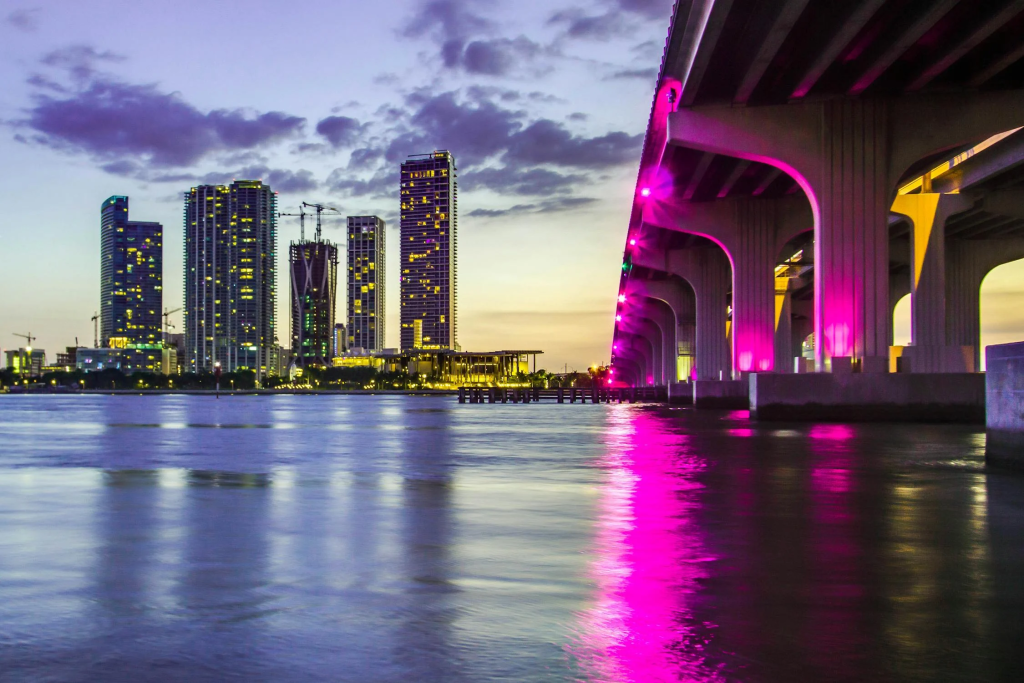
Miami is already experiencing “sunny day flooding”—when seawater seeps through the ground without a cloud in sight. Built on porous limestone, the city can’t just block the water; it rises from below.
Sea levels around Miami are expected to climb several inches by 2050, threatening property, infrastructure, and public safety. The city has invested in pumps, seawalls, and raised roads, but experts warn that these solutions may only buy time. Miami’s situation reminds us that even wealthy, developed cities aren’t immune to climate threats.
New Orleans, United States: Below Sea Level and Still Sinking
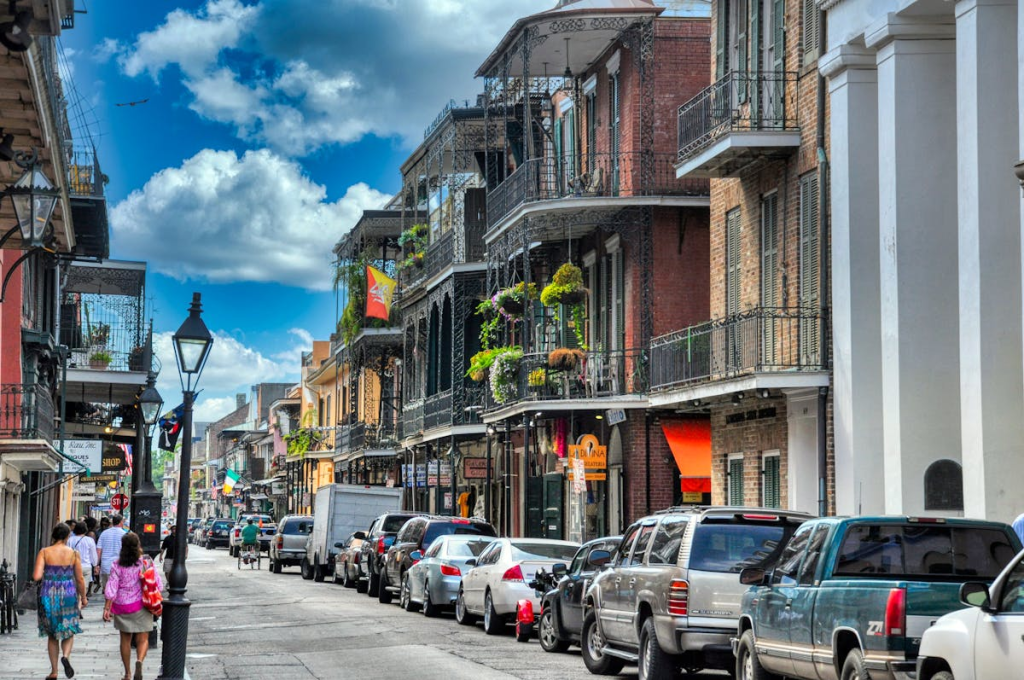
New Orleans is a city that knows flooding all too well. After Hurricane Katrina, massive investments were made in levees and flood control systems. But much of the city still sits below sea level and continues to sink.
Rising sea levels and intensifying storms mean the threat hasn’t gone away—it’s getting worse. Experts predict more frequent flood events by 2050, and the city continues to battle erosion, subsidence, and storm surges. It’s a powerful example of how recovery must be paired with long-term adaptation.
Kolkata, India: A Crowded City Facing Climate Chaos

Kolkata lies near the Bay of Bengal, one of the world’s most climate-sensitive regions. Its dense population and aging infrastructure make it especially vulnerable to flooding during monsoons and cyclones.
Rising seas and extreme weather events are increasing the frequency and intensity of floods. Without rapid improvement to drainage systems and urban planning, large portions of the city could be regularly underwater by 2050. Kolkata’s challenge is compounded by poverty and overcrowding, making climate resilience even harder to achieve.
Shanghai, China: Economic Powerhouse Under Pressure
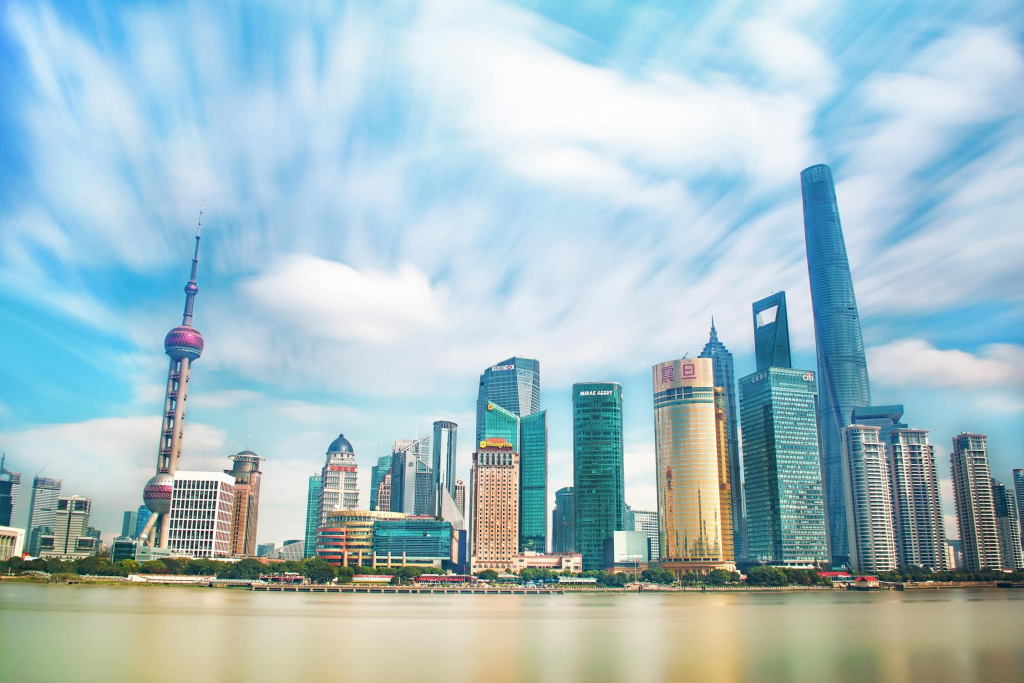
Shanghai is one of the most populated and economically vital cities in the world. But it’s built on soft delta land, and subsidence has been an ongoing issue due to decades of development and groundwater extraction.
With rising sea levels and intense rainfall events increasing, Shanghai faces a growing threat of flooding. The city has responded with massive sea walls, upgraded drainage, and emergency response systems. Still, scientists warn that by 2050, these may not be enough without continual upgrades and strong climate action.
Amsterdam, Netherlands: World-Class Defenses Facing a New Threat
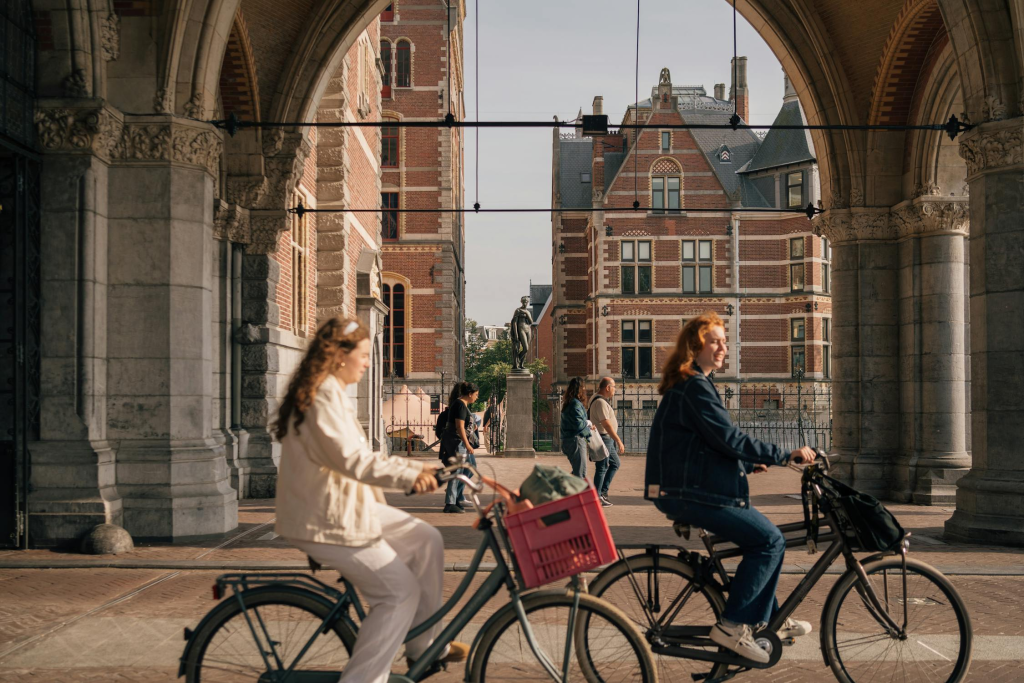
Amsterdam is a global leader in flood control, with a long history of fighting back the sea using dikes, canals, and advanced water management. But even the Netherlands’ famed defenses are feeling the pressure.
Sea levels are rising faster than predicted, forcing Dutch engineers to rethink the future. Amsterdam’s response includes both high-tech infrastructure and innovative “room for the river” strategies that allow for controlled flooding to protect urban areas. The message here? Even the best-prepared cities must constantly adapt.
Peterborough, United Kingdom: Inland but Not Immune

You might not expect an inland city like Peterborough to make this list—but its proximity to major rivers and low-lying terrain make it increasingly flood-prone. Heavy rainfall and rising river levels linked to climate change are putting pressure on outdated drainage systems.
Though not on the coast, Peterborough faces “inland flooding,” a type of risk that many cities overlook. The UK is taking steps with improved flood mapping, natural flood barriers, and climate adaptation plans. Peterborough is a reminder that climate risk doesn’t only come from the sea—it can rise from rivers, too.
Conclusion: A Global Threat Demanding Global Solutions
Video: 16 Countries Threatened to Be Underwater by 2050
These 10 cities span continents, cultures, and climates—but they all share a common risk: rising waters. Whether it’s coastal erosion, subsidence, or storm surges, the consequences of climate change are already unfolding.
What happens next depends on us. Governments, businesses, and communities must act boldly—investing in infrastructure, shifting to cleaner energy, and preparing for a world where water doesn’t ask permission to rise. The question isn’t whether these cities are at risk—it’s whether we’ll respond in time to protect them


